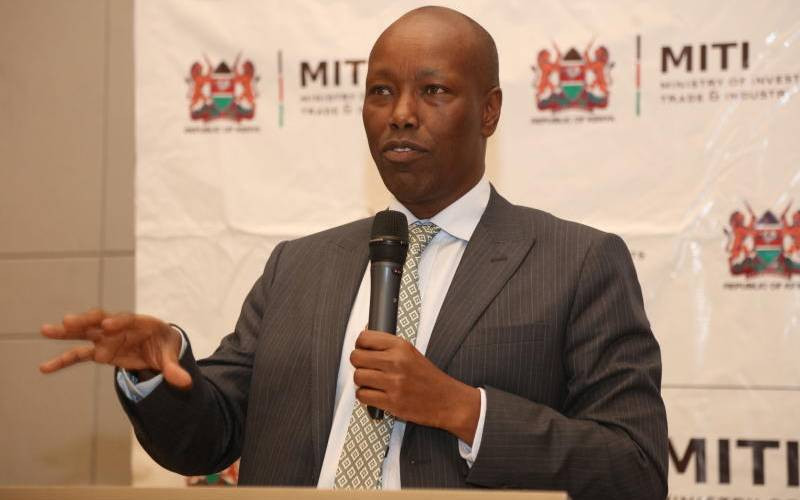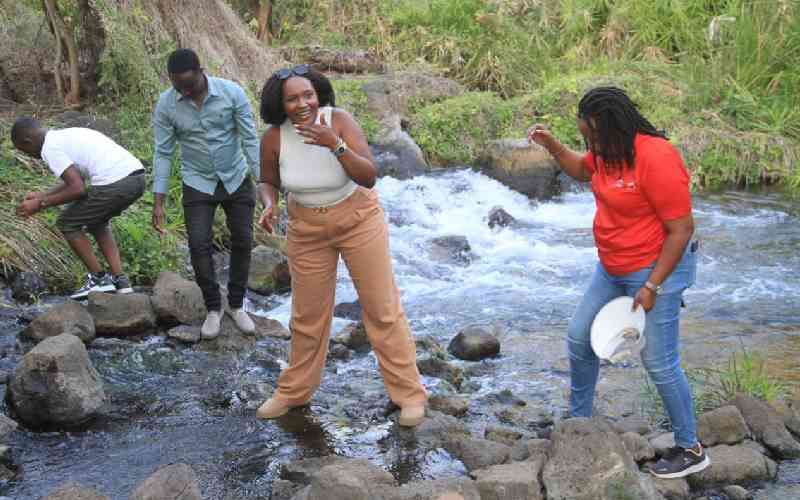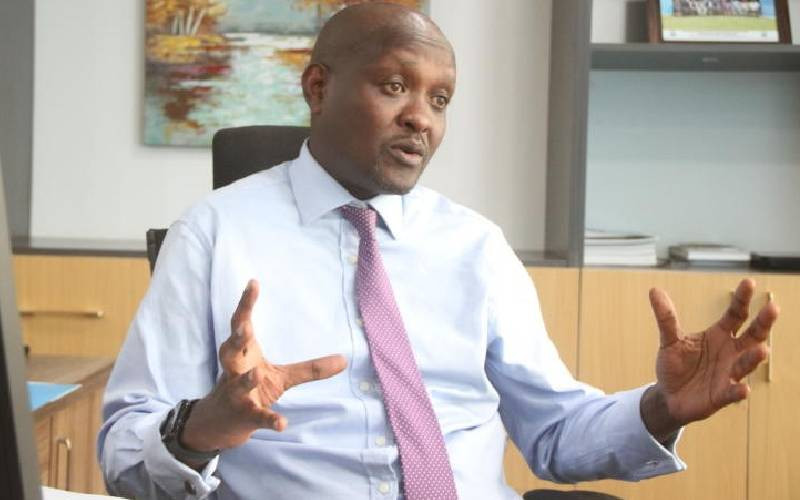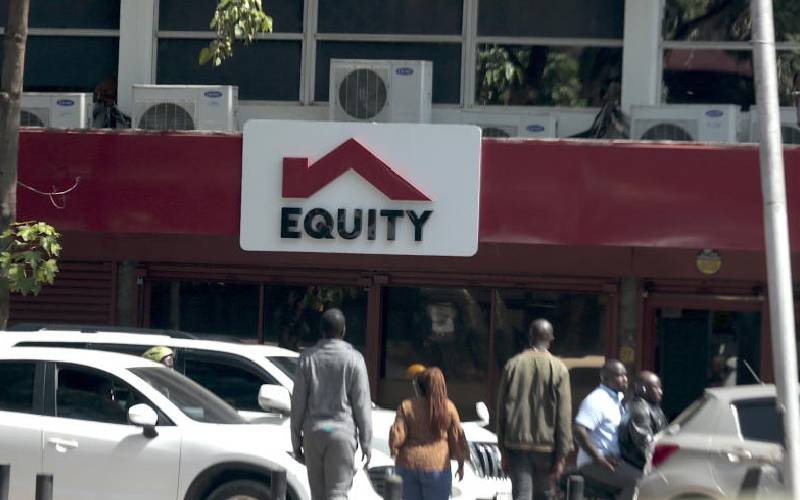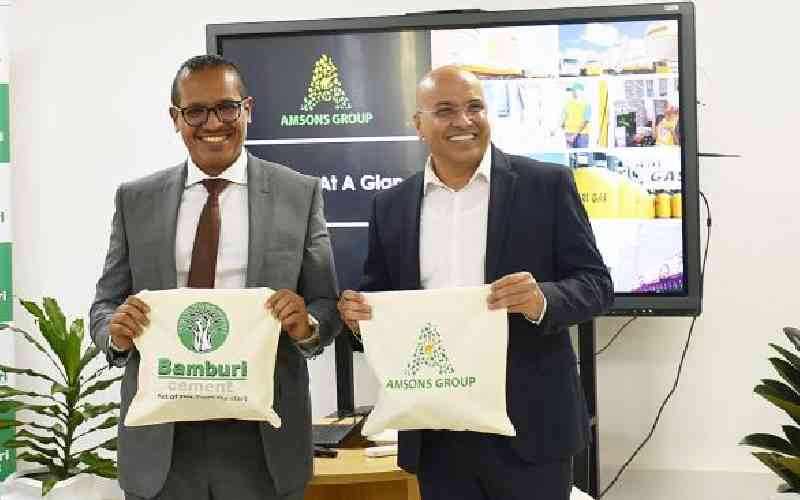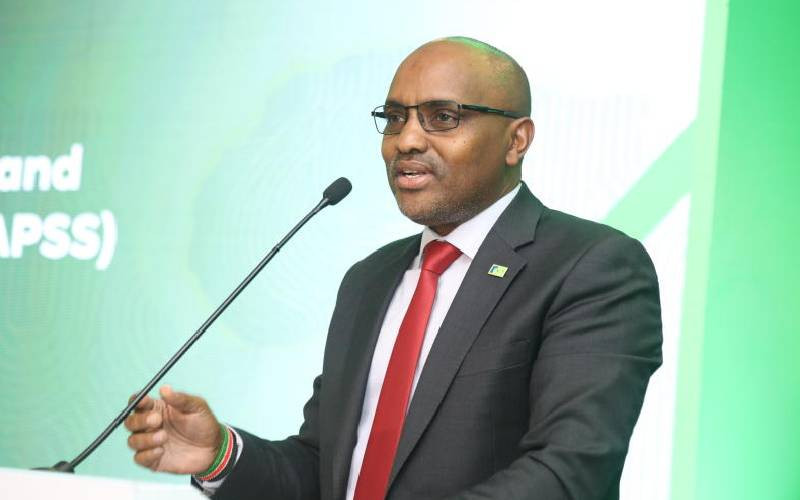×
The Standard e-Paper
Kenya's Bold Newspaper

As Kenya battles an oxygen crisis, the weight of expectation hangs over the country’s oldest gas firm BOC Kenya.
And for more than a year now, the firm’s plants have run almost nonstop and imports of medical grade oxygen to keep up with rising demand amid the coronavirus pandemic rise.
